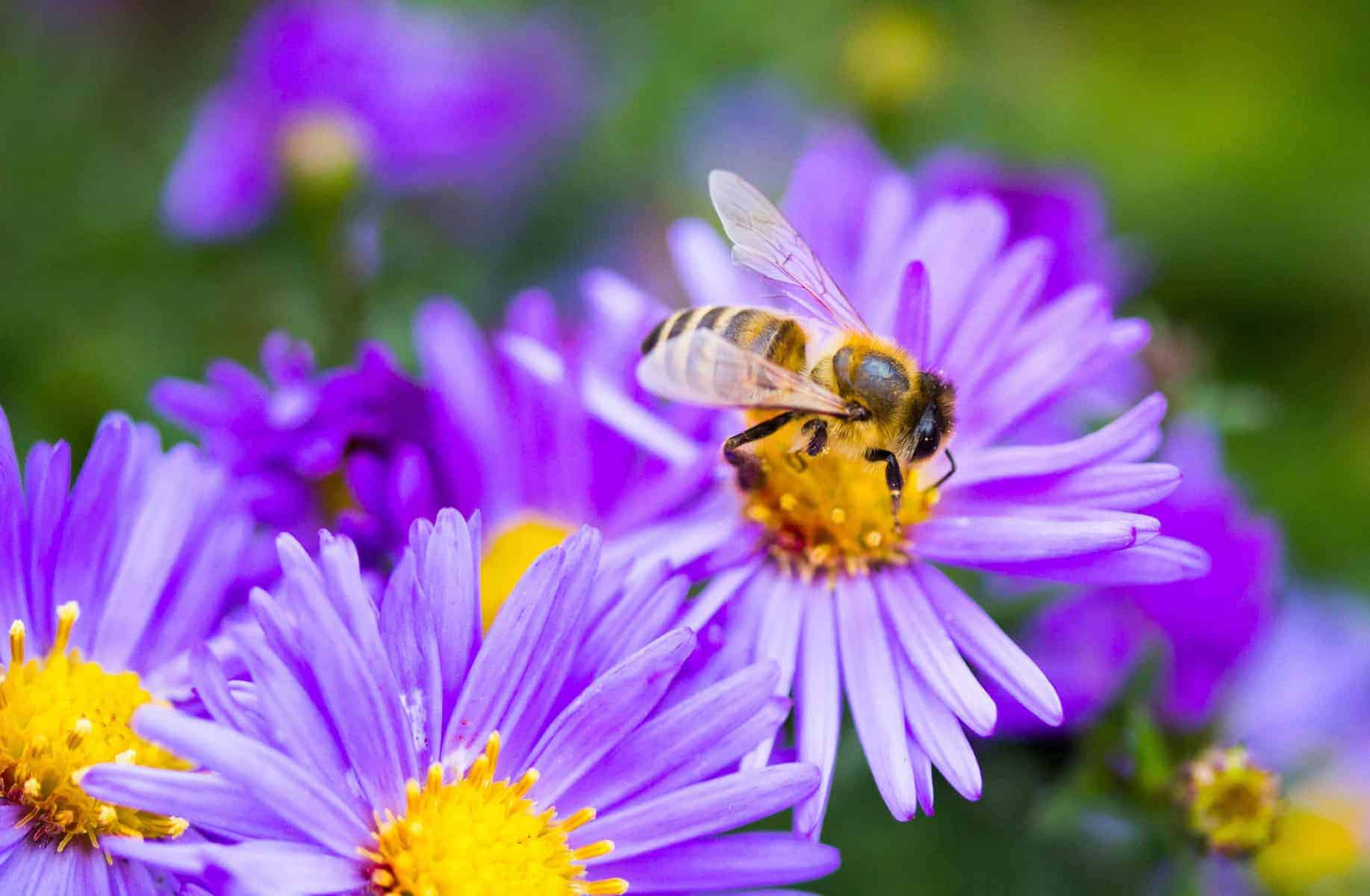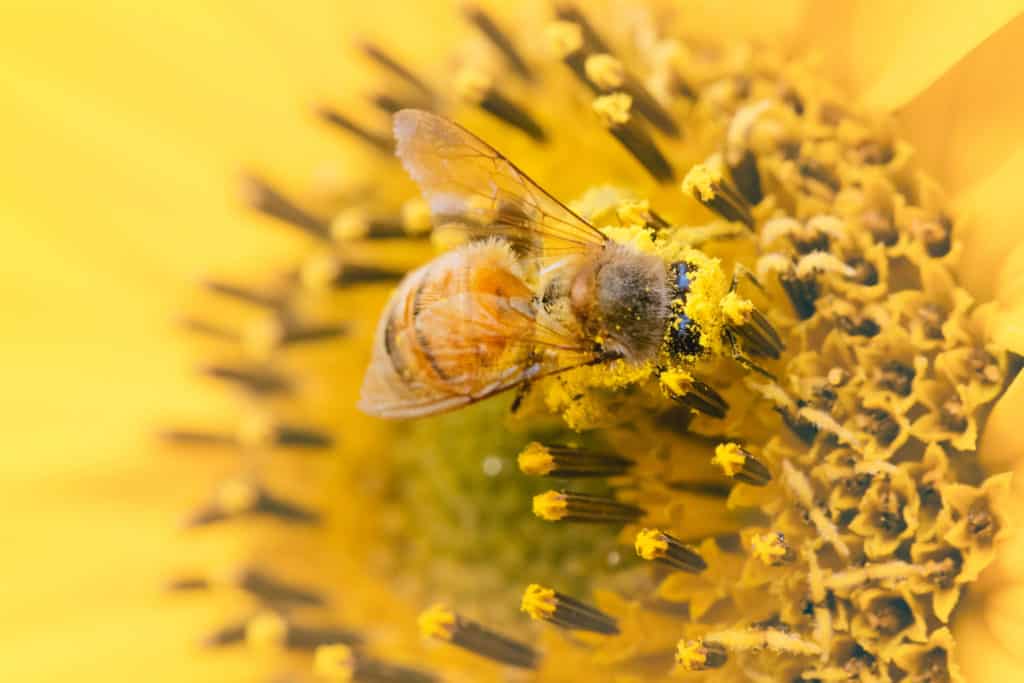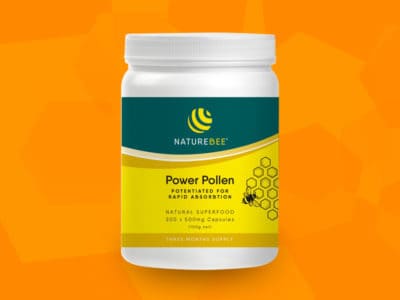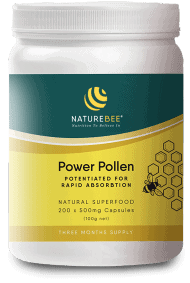The power of the honeybee in our ecosystem

For humans, our ecosystem (in full, ecological system) is something upon which we are utterly dependent for food and habitat but most of us rarely, if ever, think about. The ecosystem consists of many different organisms – plants, humans and other animals, soil, water and microorganisms such as bacteria – living together and being interdependent for survival.
An ecosystem contains producers, consumers, decomposers, and dead and inorganic matter. All ecosystems require energy from an external source – this is usually the sun. On Earth there are millions of ecosystems – everything from a small pond to the world ocean, which covers 71% of Earth’s surface and is the largest ecosystem on the planet.
Why are honeybees important to the ecosystem?
As pollinators, bees contribute to complex, interconnected ecosystems that allow a diverse number of different species to co-exist. They support the growth of trees, flowers, and other plants, which serve as food and shelter for other creatures.
In our latest podcast episode, Phil Lester, Professor in Ecology and Entomology at Victoria University of Wellington and author of Healthy Bee, Sick Bee, talks about the honeybee as nature’s most powerful insect. In New Zealand, all social bee species – among them honeybees and bumblebees – are introduced. Social insects are ones that live in colonies – bees, wasps, ants, termites – and take on different roles in the hive. Honeybees have, among other roles, a queen, workers, nurse bees, drones for mating, guard bees and winter bees.
As Phil points out, interestingly, though New Zealand has no native social bees, we have 40 to 50 native bee species, which are solitary and forage in native environments. He says, “Some have quite particular abilities, for example they can twist open mistletoe flowers, which introduced bees can’t do. Native bees can also be involved in pollination, so can be important to the ecosystem.”

How are honeybees faring in the ecosystem? What are the threats to honeybee power?
As Phil says, we are lucky in New Zealand that our bee colony mortality is not as high as overseas. “In surveys done around the globe looking at the survival of hives in winter, mortality can be 40% or 50% regularly, whereas ours is low at around 10%. The biggest immediate threats here are diseases in the hive such as deformed wing virus and parasites such as varroa mite, which results in a fairly high mortality rate.” Pathogen and parasite management are a major cost to New Zealand beekeepers; Phil works with a Northland beekeeper who spends $60,000 a year on varroa control to prevent major bee loss.
Phil reports that we don’t have as much data in New Zealand on general insect and specific honeybee decline as other countries do, but anecdotally there has been a decline over the past few decades.
He says, “Climate change is a factor overseas, with bee populations in the UK apparently shrinking or relocating. We don’t have that information to the same extent for New Zealand, but we do know that habitat change can be a major modifier for insect populations – recently a dairy farm was created and disturbed some pine trees in the South Island, which caused the extinction of a beetle population there. Climate change, pesticides, habitat disturbance/urbanisation and introduced species such as wasps are the main drivers of biodiversity and insect change around the world.
“We have to be very careful at our borders. The yellow-legged hornet from Asia that has invaded France and England is a species that would do well here and be a major problem for our honeybee populations. Similarly there are new species of mites emerging in Asia that would be bad for honeybees – we need to be very careful about what we bring into the country.”
To listen to Phil Lester wax lyrical about the honeybee in a fascinating conversation with Keren Cook, check out the NatureBee podcast https://atsource.podbean.com/
 1800 147 009
1800 147 009 0800 506 601
0800 506 601 1-866-834-8355
1-866-834-8355







